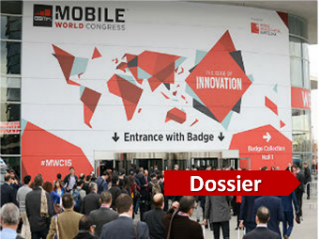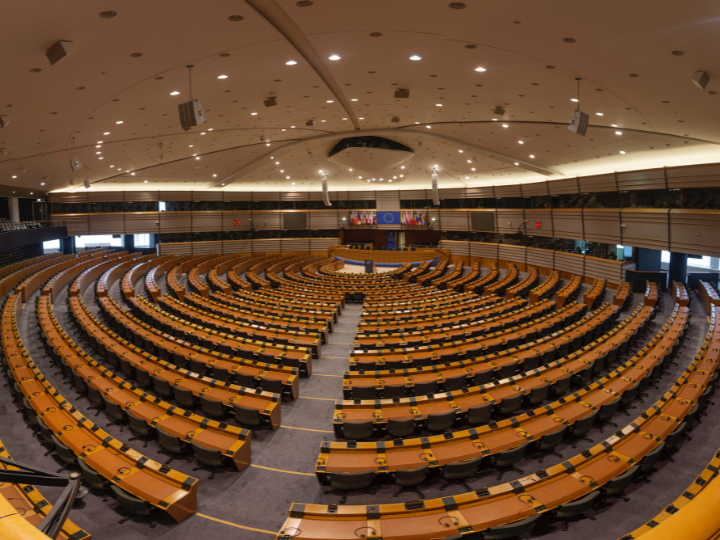During Mobile World Congress in Barcelona (beginning of March), the European Commissioner for Digital Economy and Society Günther Oettinger urged the 5G Private Public Partnership (5G PPP) to increase the efforts for a serious development of 5G.

The EU’s wish is that the Europe regains its pole position in the next generation of communications network systems connectivity after it lost the race on 4G.
by
N. Peter Kramer *
The EU’s wish is that the Europe
regains its pole position in the next generation of communications network
systems connectivity after it lost the race on 4G.
It became clear in Barcelona that not all 5G PPP partners
are thinking in the same way about the working up call of the commissioner.
For
instance big players in the field, Qualcomm, Huawei and Orange, showed in
public a rather different view on the future, the speed and the necessarity of
5G.
Qualcomm’s CEO Steve Mollenkopf called for the
benefits of 4G (LTE) to be fully maximised to protect R&D and deployment
investments. ‘The debate is when do we call it 5G’, he said.
‘There is still a
lot to do.’ ‘The biggest challenge we face with 5G is the extreme number of use
cases.
There will be many new methods for billions of devices to connect and to
interact, and we need to transform the edge of the internet to better support
mobile devices.
It’s at the edge that real innovation will take place’, he
added.
However he warned that there was
an ongoing need for multimode support to protect existing and future LTE
investment, and ‘we don’t need to make a huge technology jump when LTE is
providing some of this already’.
In a reaction, Ken Hu, Huawei’s rotating CEO, stressed
the benefits of 5B over LTE. He claimed that LTE cannot support the thousands
of connections needed for the Internet of Things (IoT) services.
‘5G will be
capable of connecting 100 billion of devices which will be very valuable for
industrial applications’.
The Huawei executive noted that only 5G latency
capabilities could fulfill the much-hyped driverless car concept.
‘Stopping a
car travelling at 100km/ hour would extend braking distance by another 1.4
meters due to LTE, but only 2.8 cm with 5G’.
‘5G provides us with a very powerful applications platform
that will take technology into new industry segments and trigger positive
disruption.
But we must involve the key industry verticals in how 5G evolves.
The communication industry did this in isolation in the past, which resulted in
a fragmented approach’, Huawei’s Ken Hu said.
As an indication of Huawei’s
keenness to move forward, the company confirmed it had already developed a new
air interface for 5G.
Hu said that 5G would have a virtualised architecture
leading to a single physical network providing support for a multitude of
different apps.
‘Let’s enjoy 4G and not rush to 5G’, Orange CEO
Stephane Richard said in Barcelona.
‘The IoT will become the internet of
everything with the advent of 5G. However he believes there is no rush : ‘4G is
a success, let’s enjoy it.
We shouldn’t jump too fast.’
Listening to the different points of view a conclusion
could be that the concept of 5G is still under discussion, but the target for
the next generation technology will be user-centric connectivity.
*This
article is the second in a series for EBR webdossier ‘Digital, data and the day
after tomorrow’. The next article: ‘Connectivity
first… ’ will follow in a few days.







